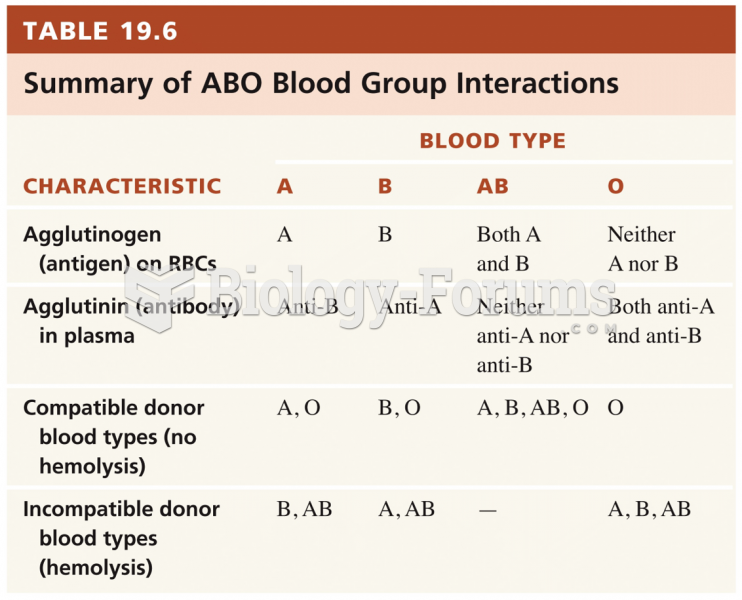During an E/M service visit, Dr. Ferrari orders a urinalysis, complete blood count, and rapid strep test. When the results come back, Dr. Ferrari reviews the diagnostic results.
Which of the following best reflects the amount and/or complexity of data? a. Collection of additional history from patient's family, caretaker, or other source, and requesting or obtaining the patient's old medical records
b. The physician's review of the results of any diagnostic service intended to assist in diagnosing the patient's presenting problem, and discussion of the results of a diagnostic test with the physician who performed that specific diagnostic test
c. The ordering, planning, or scheduling of any diagnostic service intended to assist in diagnosing the patient's presenting problem and physician's review of the results of any diagnostic service intended to assist in diagnosing the patient's presenting problem
d. Discussion of the results of a diagnostic test with the physician who performed that specific diagnostic test, and the personal, independent visualization of the radiologic image, tracing, or scan by the physician who is performing the E/M service visit
Question 2
During E/M service visit, the patient is not conscious because of previous head trauma. Dr. Jones gathers information from the patient's family, who provide extensive information about the patient.
Which of the following best reflects the amount and/or complexity of data? a. Collection of additional history from patient's family, caretaker, or other source
b. Requesting or obtaining the patient's old medical records
c. Review of physical examination data
d. Discussion of the results of a diagnostic test with the physician who performed that specific diagnostic test







